Weezer (Blue Album)
Buy Weezer Twenty years ago this weekend, Weezer stormed into rock and roll consciousness with their potent, popular, and critically acclaimed self-titled debut, which has come to be known as simply the “Blue […]
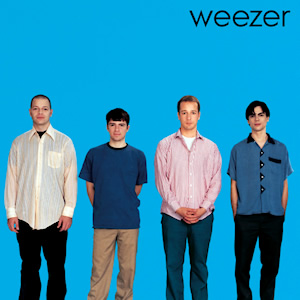
Buy Weezer Twenty years ago this weekend, Weezer stormed into rock and roll consciousness with their potent, popular, and critically acclaimed self-titled debut, which has come to be known as simply the “Blue […]

Buy Van Halen II While rarely cited as one the group’s best works, Van Halen II, features some of the band’s best individual tracks and may well showcase Van Halen at its cohesive […]
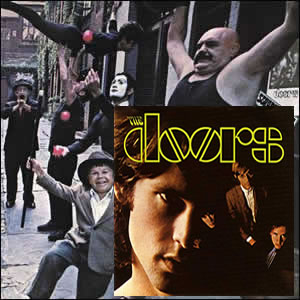
Buy The Doors Buy Strange Days I have been a fan of The Doors music since I was about 12 or 13 and have constantly gone back and forth over which is their […]
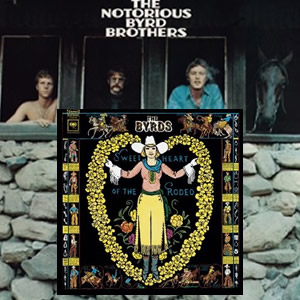
Buy The Notorious Byrd Brothers Buy Sweetheart of the Rodeo 1968 was a transitional year for folk/rock group, The Byrds, in terms of both musical approach and lineup changes. During the year, the group […]
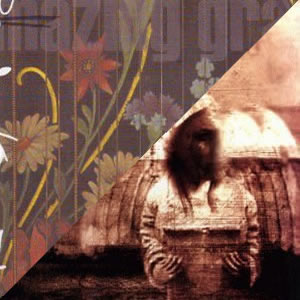
Buy Amazing Grace Buy Up There Down Here In the mid 1990s, The Badlees were a fast rising group, newly signed to major label Polydor and with a national selling album that spawned […]
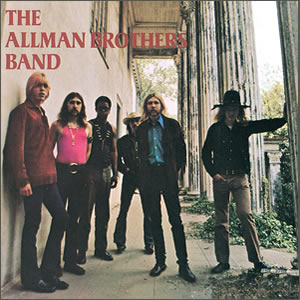
Buy The Allman Brothers Band As a group that became known for their live performances, The Allman Brothers Band did put out a handful of excellent studio albums. The first of these was […]
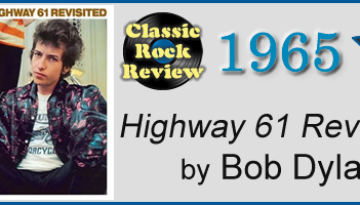
As a final wrap up of our final classic year review, 1965, we still needed to decide on an Album of the Year for that year. This was a unique situation, because all […]
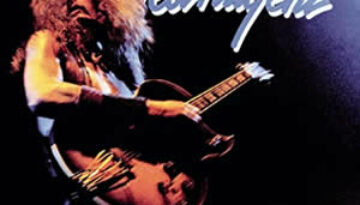
Buy Ted Nugent After nearly a decade leading the Amboy Dukes, Ted Nugent embarked on a solo career and released his self-titled debut album in 1975. With a newly formed group that featured […]

Buy Skid Row This album review is provided by Merry Mercurial, a writer of fiction, essays, reviews, and the “highly subjective” music blog. Every bit as fun as candy cigarettes, if not as […]
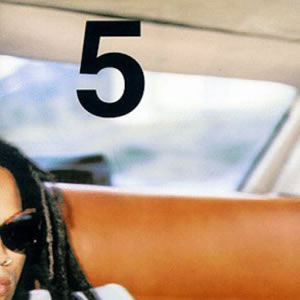
Buy Lenny Kravitz 5 The fifth studio album by Lenny Kravitz, released in 1998 is aptly titled 5 and saw the talented artist return to top commercial success as well as expand his […]